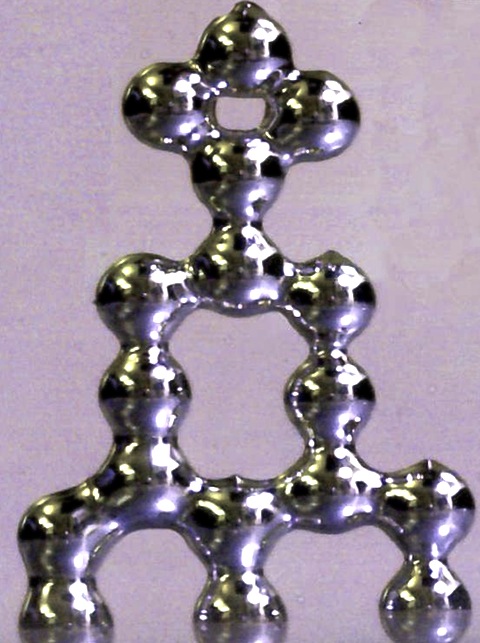NC State Breakthrough Could Bring 3D-Printed Electronics
Although many would like to have a 3D printer sitting around their office to help with a prototype or perhaps just to support their hobbies, for many projects the desktop tool just isn’t worth the investment. And industrial 3D printers capable of producing metal objects that could be used in electronics or batteries are too large, expensive and specialized for small businesses or hobbyists.
 But engineers at North Carolina State University may help to change that due to a breakthrough that could give users the ability to print wires, circuits, and entire electronic products.
But engineers at North Carolina State University may help to change that due to a breakthrough that could give users the ability to print wires, circuits, and entire electronic products.
To make this possible, the engineers came up with a liquid metal alloy of gallium and indium that is extruded from the printer head to form an oxide skin that can maintain its given shape. After multiple metal droplets are extruded, the result is a conductive metal wire that was made at room temperature.
The team also designed a method whereby the alloy is injected into a polymer mold, then the polymer is washed away leaving only a metallic 3D structure.
Their work was published on July 4 in Advanced Materials.
Currently, desktop-scale 3D printers rely on polymers like thermoplastics and nylon, which prevents them from breaking into the realm of electronics. Conversely, industrial 3D printers rely on high-temperature methods, such as laser sintering, to make any sort of metal product. Already NASA has made use of this tool for a rocket component, whereas GE has used it to make fuel nozzles for its next-generation jet engines.
But this isn’t the only recent foray researchers have taken into 3D-printed electronics. Engineers at Harvard University and the University of Illinois at Urbana-Champaign have successfully printed a functional lithium-ion battery the size of a grain of sand. Also, Japanese scientists have developed a conductive photopolymer substrate that could be used for 3D-printing carbon electrodes that could be used for fuel cells or sensors.
Regardless of the application, the consensus is that whoever will be able to break 3D printers out into the consumer market is in for a big reward. One report by McKinsey & Company on disruptive technologies estimated that the potential economic impact of consumer 3D printers could come be $100 billion, which could reach $300 billion by 2025.
But perhaps more importantly, larger additive manufacturing companies see desktop 3D printers as a means for success for additive manufacturing as a whole, as evidenced by Stratasys’ recent acquisition of desktop 3D printing company MakerBot.










